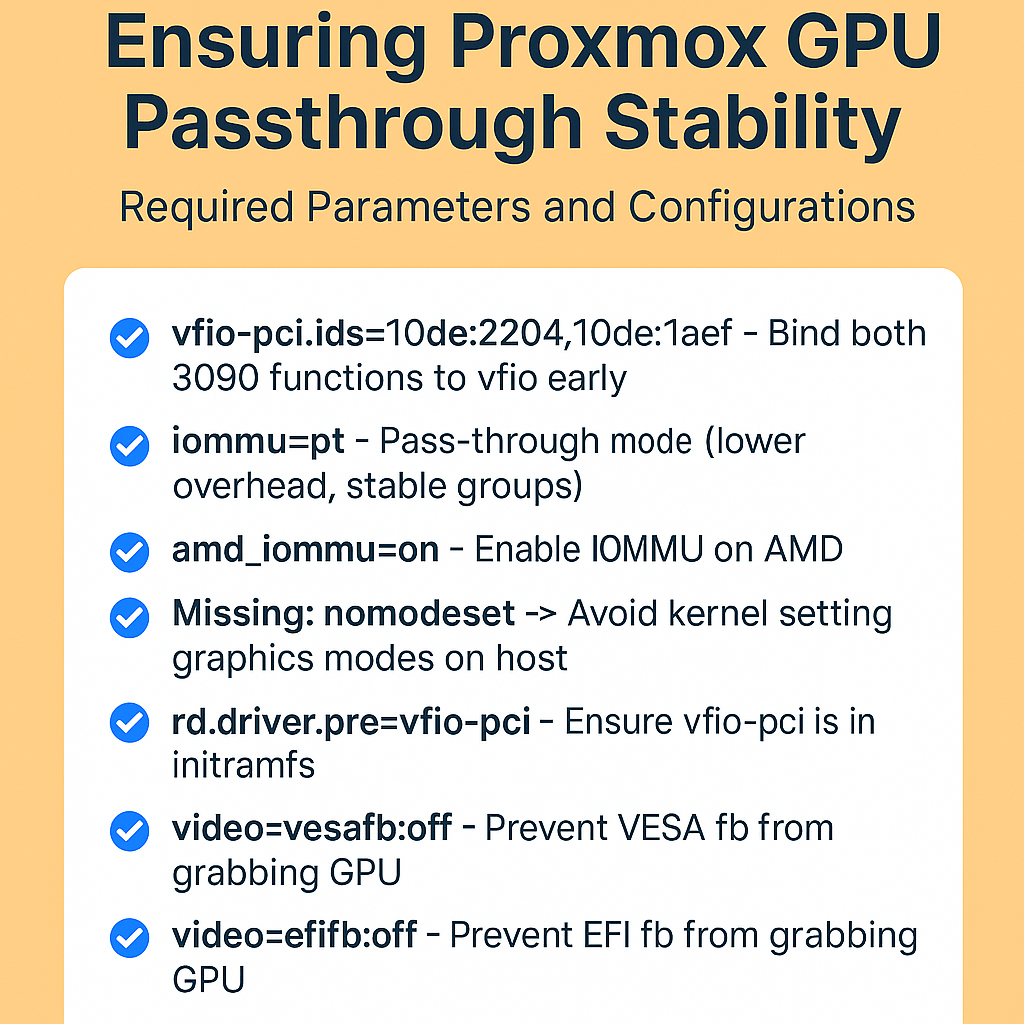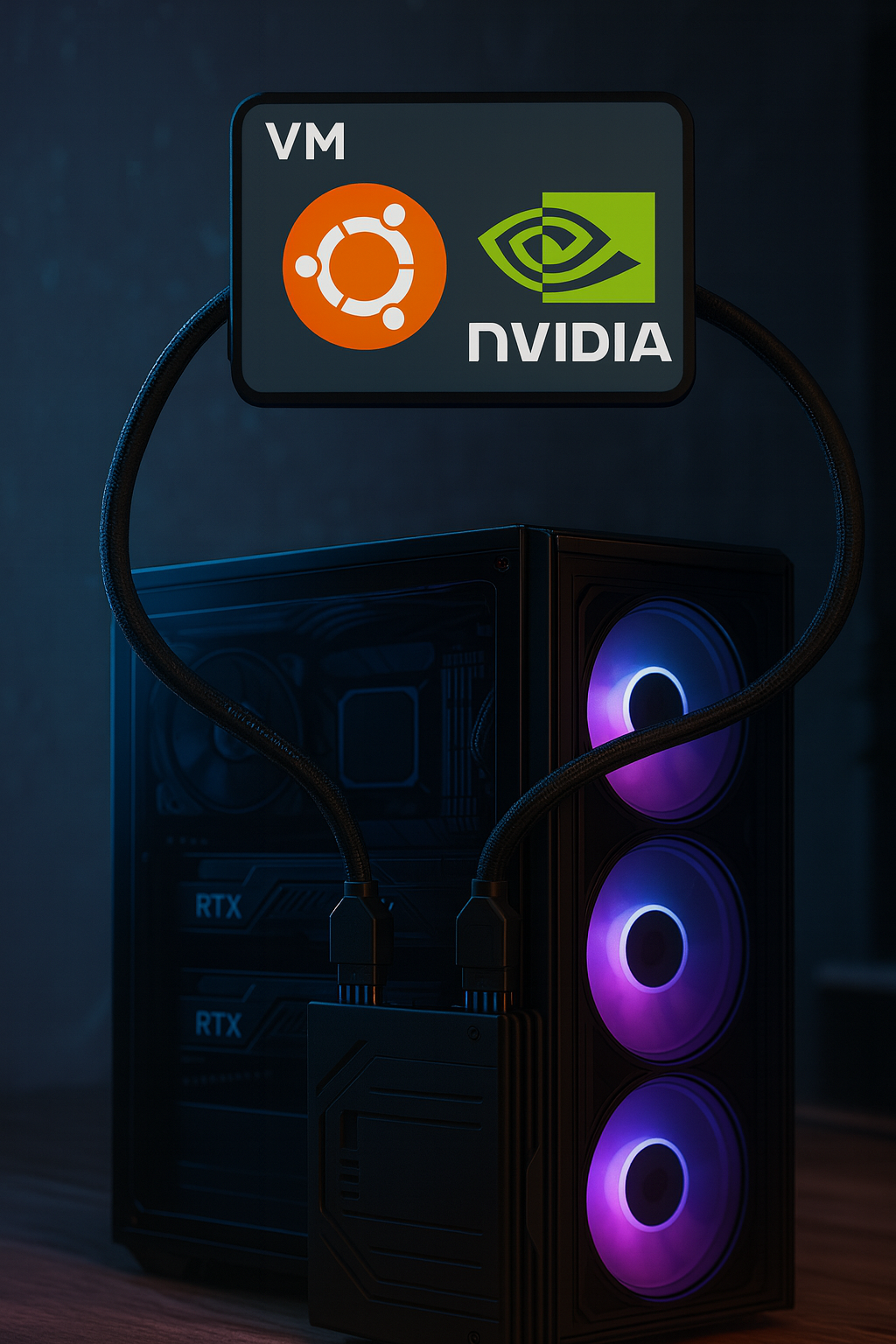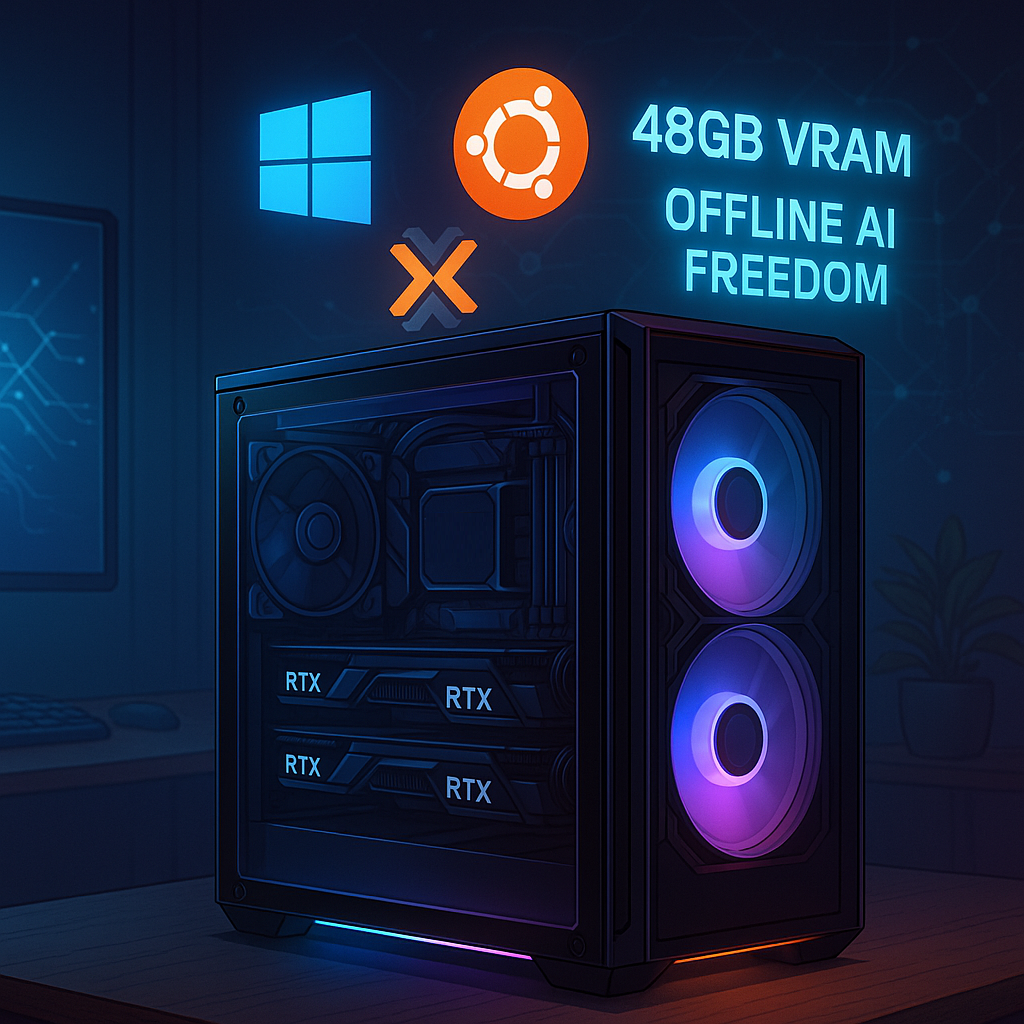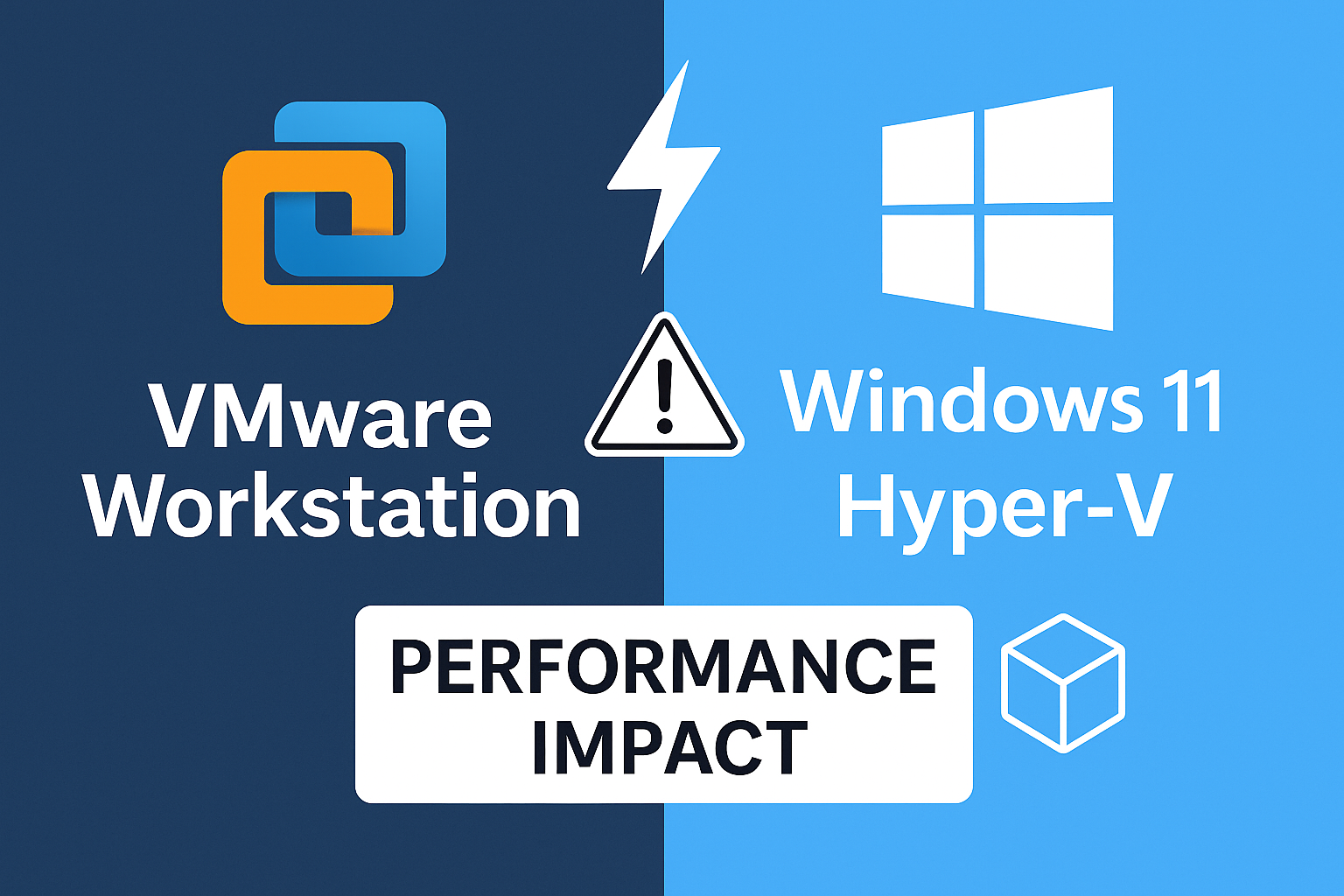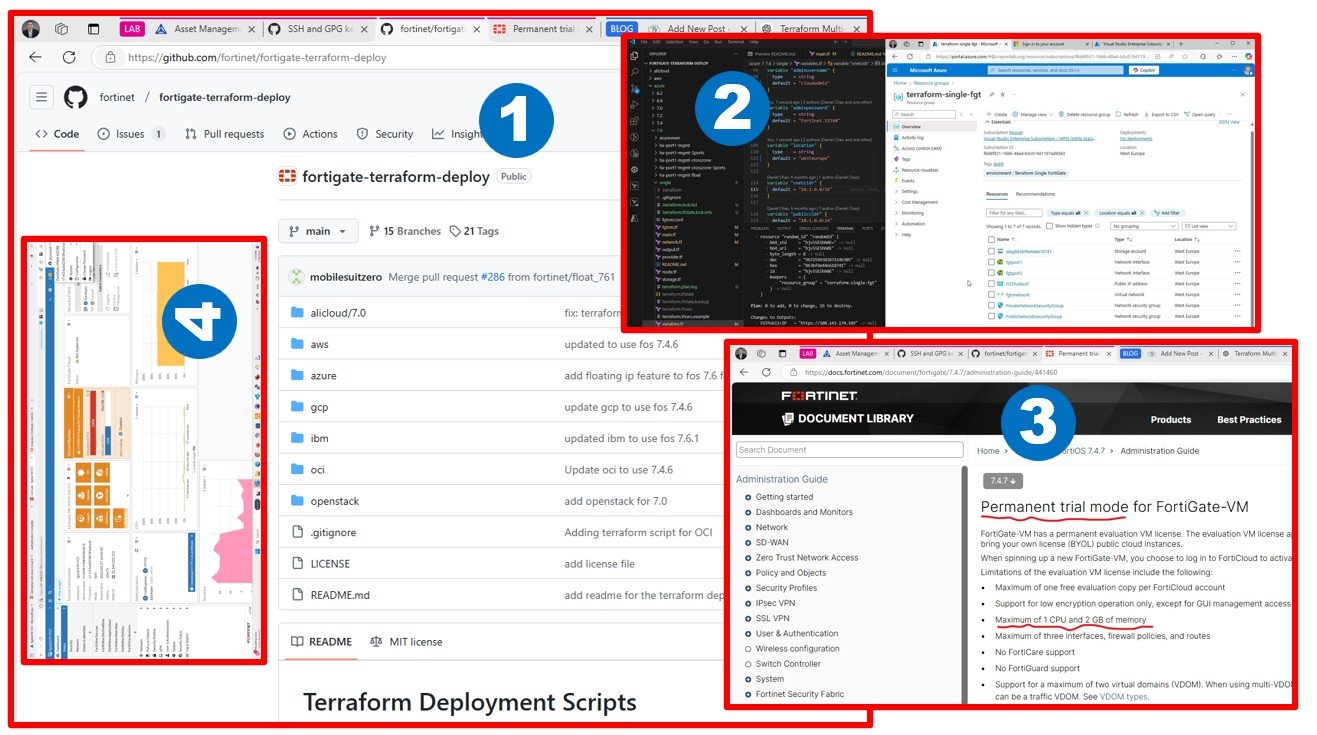This research focused on assessing Oracle DBAs’ familiarity with cloud technologies (e.g., landing zones, IaC automation) and comparing it to cloud experts’ awareness of Oracle Database advancements (e.g., container/pluggable databases). Findings revealed a knowledge gap between the two groups. To address this, I plan a two-week intensive learning journey inspired by Oracle CloudWorld 2024. This includes re-deploying Oracle Database editions, exploring Autonomous Database, understanding Oracle Exadata and Real Application Clusters (RAC), and deepening my knowledge of Maximum Availability Architecture (MAA).
I reached out to three Oracle DBAs to ask if they were familiar with cloud technologies such as landing zones, migration tools, networking, IaC automation, and commonly used resources like storage, Key Vault, and Log Analytics. Additionally, I contacted three cloud experts—one from Azure, one from AWS, and one from GCP—to assess their awareness of recent Oracle Database developments, such as container databases (CDB) versus pluggable databases (PDB). This mini-research highlighted a noticeable gap in interest and knowledge between these two groups.
Potential Knowledge Gaps in Oracle Databases for Cloud Experts
Recently, I deployed Oracle Database while testing database migration tools, though I didn’t explore all the new features of Oracle Database Enterprise Edition, particularly in the 19c versions for Windows and Linux. Not long ago, I worked with Oracle XE and APEX. Today, I noticed Oracle Database 23c Free on the website, but I haven’t tested it yet. During my OCI exam preparation, I learned about Autonomous Database and deployed it in OCI while testing the Azure-Oracle automated interconnect two years ago. However, I didn’t dive deeper into Autonomous Database at the time.
How long will it take to bridge this gap? My learning plan for the next 2 weeks.
I was inspired by the recent Oracle CloudWorld 2024 and decided to challenge myself to close my knowledge gaps. I’m committing two weeks to get up to speed with the latest Oracle developments. My learning journey includes:
1. Re-deploying all available Oracle Database editions and researching the underlying operating systems. I recall Oracle Enterprise Linux (now Oracle Linux) being preferred over Windows.
2. Diving into Autonomous Database and its ability to understand natural language—I’m excited to explore whether SQL can be replaced by simple queries in everyday language.
3. Gaining a deeper understanding of Oracle Exadata and Exadata Cloud@Customer appliances.
4. Exploring Oracle Real Application Clusters (RAC) to enhance my knowledge of high availability and scalability.
5. Gaining a solid understanding of Oracle Maximum Availability Architecture (MAA), as it’s frequently discussed and clearly a critical component not to overlook.
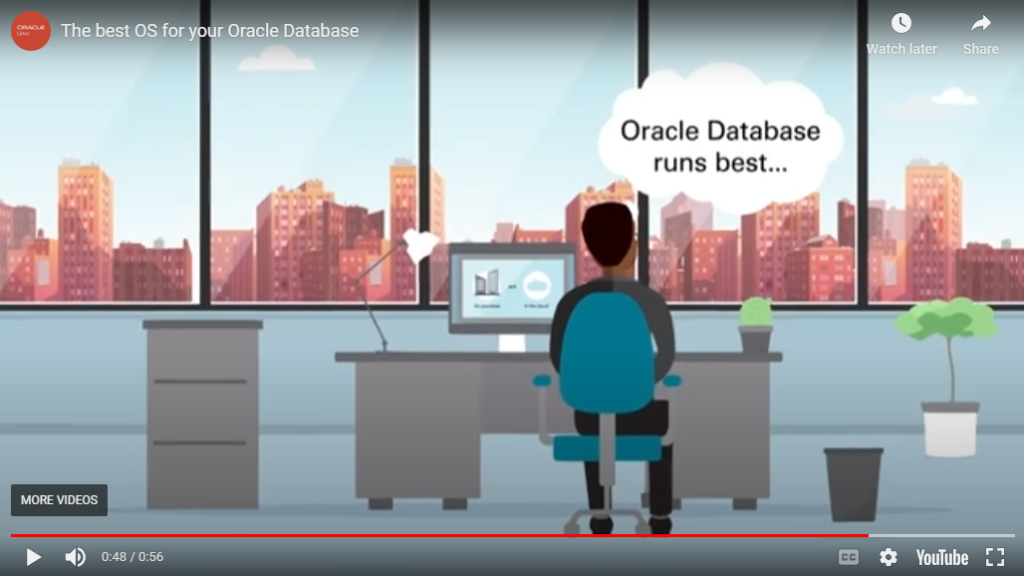
In general, there is a growing overlap between Oracle DBAs and developers with cloud platforms like Azure, AWS, and GCP, and vice versa, especially given the increasing demand for multi-cloud architectures and interoperability between services.
Oracle DBAs and Developers
Oracle DBAs and developers are increasingly aware of what’s happening in cloud environments like Azure, AWS, and GCP, because:
- Cloud Integration: Oracle Cloud Infrastructure (OCI) has partnerships with both Microsoft Azure and Google Cloud Platform and AWS, facilitating the use of Oracle Database in multi-cloud environments.
- Migration and Cloud Solutions: Many enterprises are moving on-premises Oracle databases to cloud platforms like AWS, Azure, and GCP. This creates a necessity for Oracle professionals to understand how their databases perform and interact with these cloud environments.
- Cross-Cloud Tools: Tools like Oracle Cloud Database Migration and solutions in AWS and Azure for hosting Oracle databases make it important for Oracle DBAs to understand other cloud providers to support multi-cloud strategies.
Azure, AWS, and GCP Experts
On the flip side, experts in Azure, AWS, and GCP are increasingly following Oracle databases because:
- Oracle in Multi-Cloud: As more companies adopt hybrid and multi-cloud strategies, Azure, AWS, and GCP experts must manage workloads that use Oracle databases.
- Compatibility and Services: Knowledge of how Oracle databases can be optimized, migrated, or connected within cloud environments is critical, as Oracle databases remain a backbone for many enterprise applications.
- Cross-Skilling: Azure, AWS, and GCP specialists may need to learn Oracle-specific management and performance tuning for client solutions, especially in environments where Oracle databases remain the preferred choice for mission-critical applications.
In essence, while not every professional may have deep expertise across platforms, there is an increasing awareness and need for cross-cloud knowledge, especially in environments involving large-scale enterprises with complex, multi-cloud setups.
I’ll continue from here next week, sharing updates on my progress. For readers from cloud-native communities, this series offers a quick overview of Oracle’s latest developments, helping them stay informed and prepared for the Oracle-Multicloud era.


